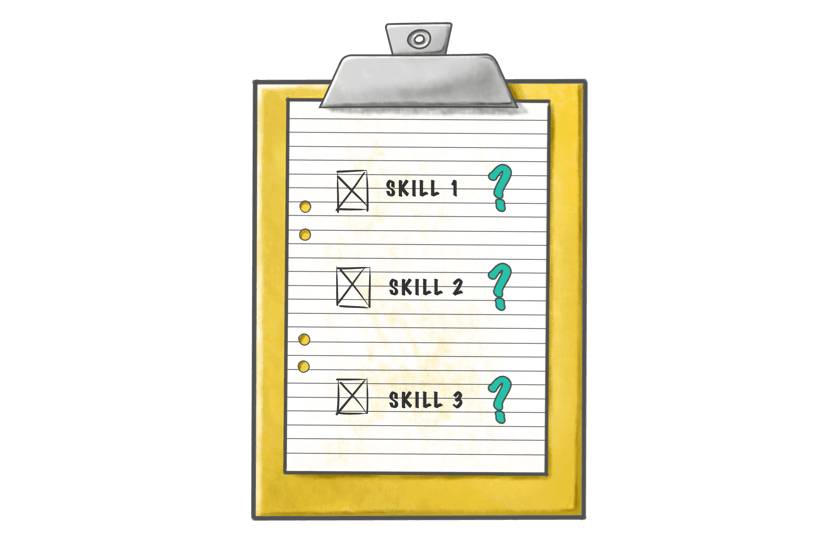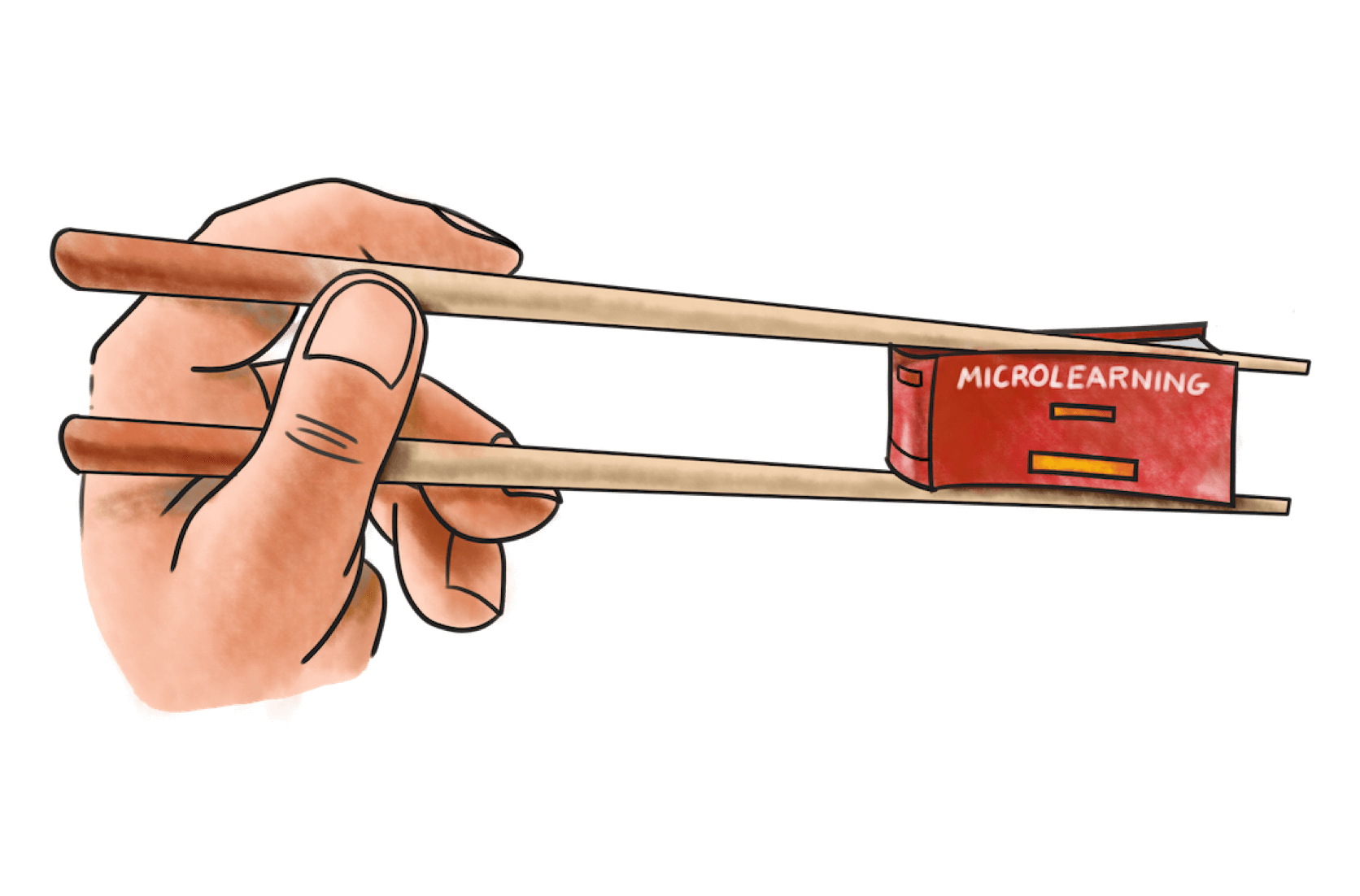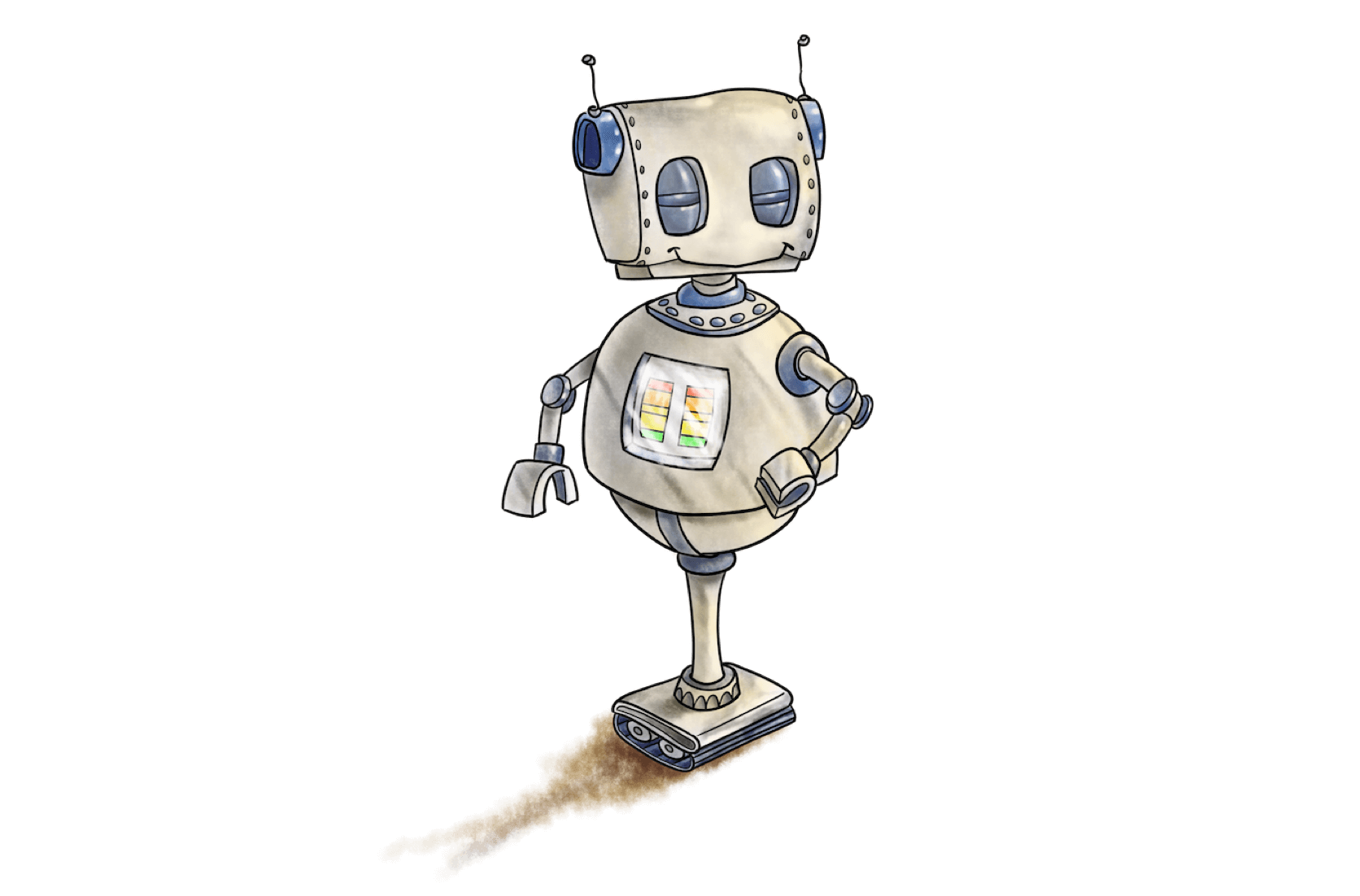
Every year the Australian Workplace Learning Conference is held at the ICC in Sydney. It runs for two days, and if you’re even mildly involved in Learning and Development, it’s a pretty big deal. There’s speakers on every day pretty much all day, which featured Sir Ken Robinson whose life’s work in unlocking creativity in people and organisations has garnered him more awards and accolades than Adele has Grammy’s, as well as the most viewed TED talk ever. The conference also featured 2019’s Australian of the Year, and about 50 other big names in Learning and Development, both in Australia and Internationally.
There are two factors which will make me go to any event: the opportunity to learn, and free coffee. I knew the Australian Workplace Learning conference had both because I checked the speakers list and the catering menu. Obviously, I had to attend. So, with an all-access lanyard around my neck and hands jittering from four delightful free coffees, I spent a day taking in all the conference had to offer.
What did I learn at this year’s Workplace Learning Conference?
My biggest take away from the conference was that Yarno has its priorities straight, its head screwed on right, and its place well ahead of the curve. I could have sworn that the speakers had been reading our notes on Instructional Design, because they shared a lot of the same views as Yarno. For example, here’s just a couple areas where the speakers ideas were in complete harmony with Yarno’s:
Behaviour Change
One of the first speakers I heard was Charles Jennings. He founded the 70:20:10 Institute which helps organisations build more resilient workforces and create cultures of continuous learning. His talk demonstrated that he and Yarno share the same ideology: it’s not enough just to give people information, you have to actually change behaviour and alter performance, for there to be any point to training. Or, as Charles put it:
“Evidence alone won’t change mindsets.”
He gave the example of scurvy - it took almost 50 years between it being discovered that lemon and lime juice will cure scurvy, and the British Navy issuing regulations that sailors were to ingest lemon or lime juice daily, in order to stop them getting more scurvy. This means that just because we know something, doesn’t mean we’re going to do anything about it.
Therefore, just like our own instructional designer Joel is always saying, in order for training to be effective, it can’t just transfer knowledge, it has to change behaviour.
The importance of need
Another common theme across the talks was the importance on zero-ing in on what it is that people need to know. It’s not enough to say “I want my learners to know x”, because there’s not necessarily a result from them knowing that piece of information. Instead, learning design should start from a problem-first basis: look at what problems are being experienced and work backwards to determine what you need people to know and do in order to fix that problem.
JD Dillon, the Chief Learning Architect at Axonify, and founder of LearnGeek, described this concept as“Need to Know vs Nice to Know”
When creating content, you need to separate the extraneous “nice to know” material, and focus on the “need to know” content first. This may seem obvious, but more often than not, we don’t know what we need to know. Which is why, when someone approaches us with a goal, or with a problem they need solved, we don’t just say “thanks” and go off on a frolic of our own making content. Instead, we figure out both what we need to know to make the content, and what the learners need to know, and how their behaviour has to change, in order to meet that problem or goal.
JD Dillon suggested asking the following questions in order to determine the “Need to Know”:
- When and where do people need help?
- How problematic is failure?
- How challenging is the topic?
- How quickly is intervention required?
At Yarno, we implement our own version of this in our learning analysis workshops. It’s here that we identify what problem it is that we need to solve, and how we can measure when that problem has been solved. Lachy has written a great post on these workshops here.
Overall, it was a great conference. I got to listen to great speakers, have a look around all the different learning products on display at the expo, and drink a lot of free coffee sponsored by various learning companies, all in the name of Levelling Up. And I did, the amount of knowledge imparted to me is far beyond the scope of this blog post. However, I’m going to leave you with an idea put forward by Ken Robinson, which I think is really relevant to learning design:
“Creativity is the process of having original ideas, which have value.”
For me, this is at the nexus of everything we do at Yarno. It’s why we work on a problem-first basis, its why we’re so focused on changing behaviour: it’s not enough just to create learning content, that content has to have value. Which is why we’re always reading the learning science, why I went to this conference: we do it to find and evaluate new ideas, and then we implement those ideas in a way that has a measurable impact, and therefore, value. We’re so focused on this, we made it our mission, and summed the process up in two words: Level Up.











































































































